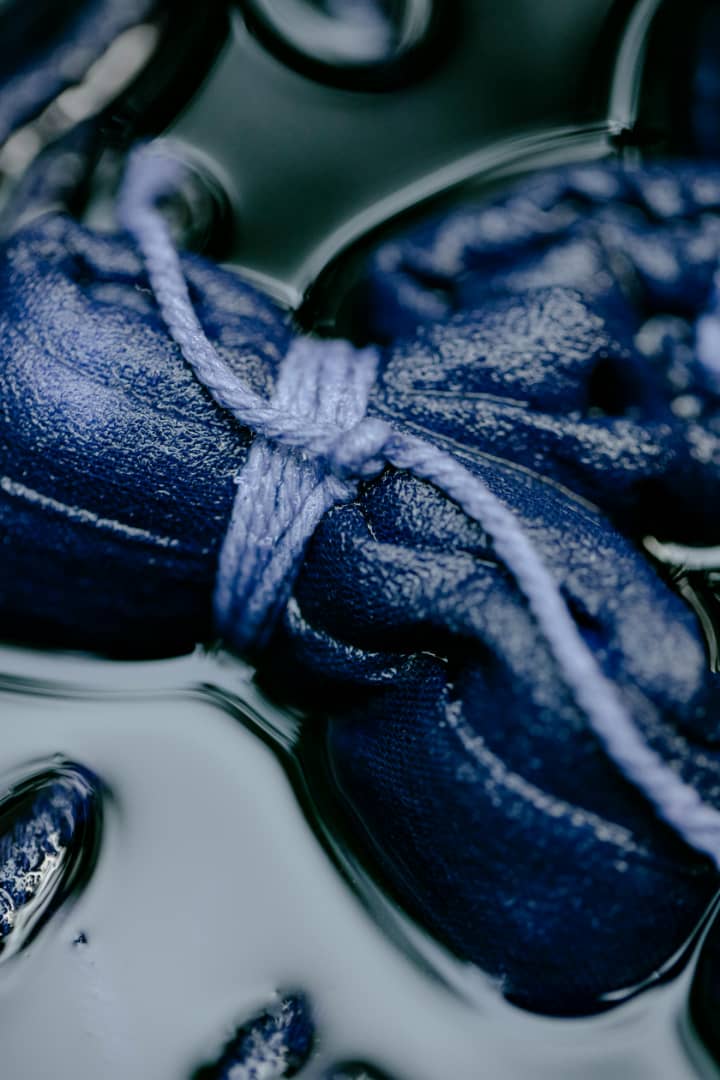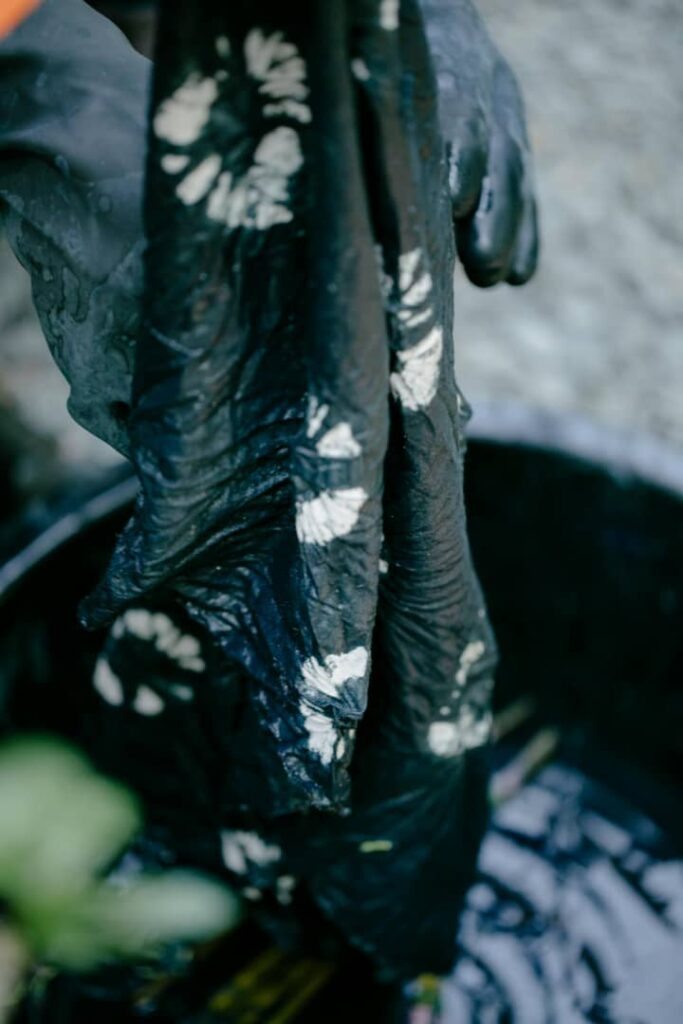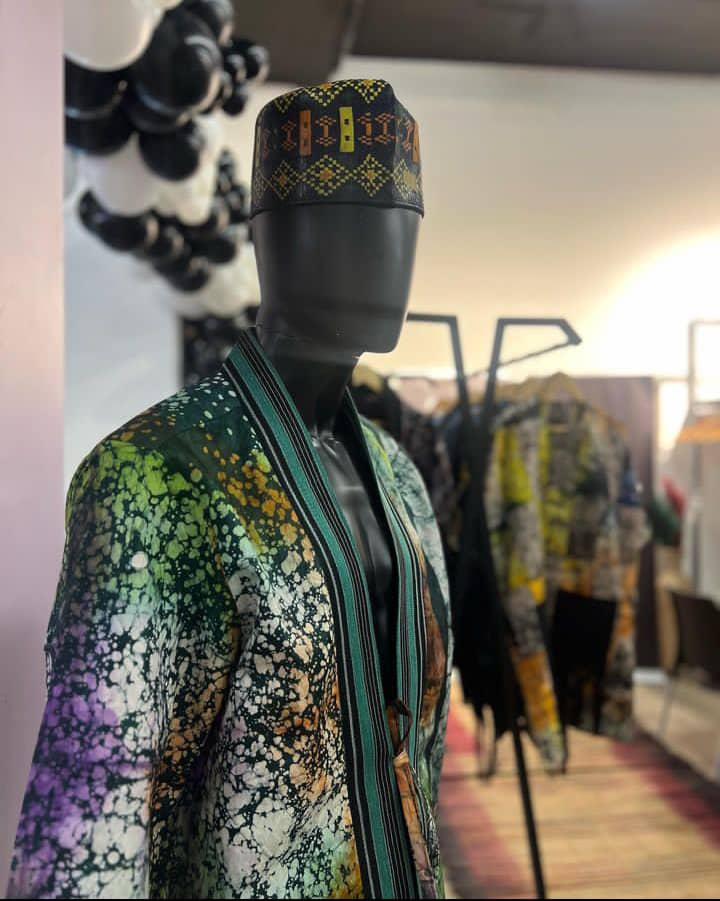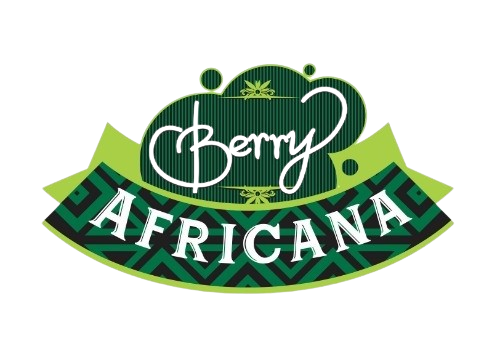Adire, the traditional Yoruba indigo-dyed cloth, has transcended its origins to become a symbol of cultural pride and a staple in modern fashion. This vibrant, intricate art form, often referred to as African tie-dye, is more than just a textile technique; it’s a rich tapestry of history, culture, and style. As contemporary designers and fashion enthusiasts around the world embrace Adire, we explore its journey from ancient African markets to global runways.

A Brief History of Adire
Originating from the Yoruba people of Nigeria, Adire is a resist-dyeing technique that involves creating patterns by tying, stitching, or applying wax to the fabric before dyeing it in indigo. Traditionally, this process was carried out by women, with skills passed down through generations. The name “Adire” means “tied and dyed,” reflecting the intricate and labor-intensive nature of the craft.

Adire’s Cultural Significance
Adire patterns are not just aesthetically pleasing; they carry deep cultural meanings and stories. Each motif and design symbolizes different aspects of Yoruba life, from proverbs and folklore to social status and communal identity. Wearing Adire is a way to connect with heritage and express pride in one’s cultural roots.
Adire in Modern Fashion
In recent years, Adire has experienced a renaissance in the fashion world. Contemporary designers are reinterpreting traditional patterns, blending them with modern aesthetics to create stunning garments that appeal to a global audience.

Here’s how Adire is influencing modern fashion:
1. Runway Appearances
Leading fashion houses and designers have showcased Adire-inspired pieces on international runways. This inclusion has helped elevate the fabric from local markets to high fashion, highlighting its versatility and beauty.
2. Sustainable Fashion Movement
As the fashion industry moves towards more sustainable practices, Adire’s natural dyeing process and handcrafted production align perfectly with eco-friendly values. Many designers and brands are adopting Adire to promote sustainable fashion and support traditional artisans.
3. Streetwear and Casual Fashion
Adire has made its mark in streetwear, with its bold patterns and vibrant colors fitting seamlessly into urban fashion. From jackets and hoodies to sneakers and accessories, Adire’s adaptability makes it a favorite among young, fashion-forward consumers.
4. Home Decor and Lifestyle
Beyond clothing, Adire’s influence extends to home decor and lifestyle products. Designers are incorporating Adire patterns into items like cushions, curtains, and upholstery, adding a touch of cultural elegance to contemporary living spaces.
The Future of Adire in Fashion
The future of Adire in modern fashion looks promising. With increased global interest and a growing appreciation for cultural authenticity, Adire is set to continue its rise. Efforts to preserve and innovate traditional techniques ensure that this ancient craft remains relevant and revered.
Supporting Artisans and Ethical Fashion
As Adire gains popularity, it’s essential to support the artisans who keep this tradition alive. Ethical fashion brands are partnering directly with local communities, ensuring fair wages and sustainable practices. By choosing Adire, consumers can contribute to the preservation of cultural heritage and support ethical fashion.
Conclusion
Adire’s journey from the indigo vats of Yoruba villages to the bustling fashion capitals of the world is a testament to its timeless appeal and cultural significance. As it continues to influence modern fashion, Adire not only showcases the beauty of African craftsmanship but also promotes a deeper appreciation for cultural diversity and sustainable practices. At BerryAfricana, we celebrate the vibrant tapestry of Adire and its enduring impact on style and culture.

Leave a comment